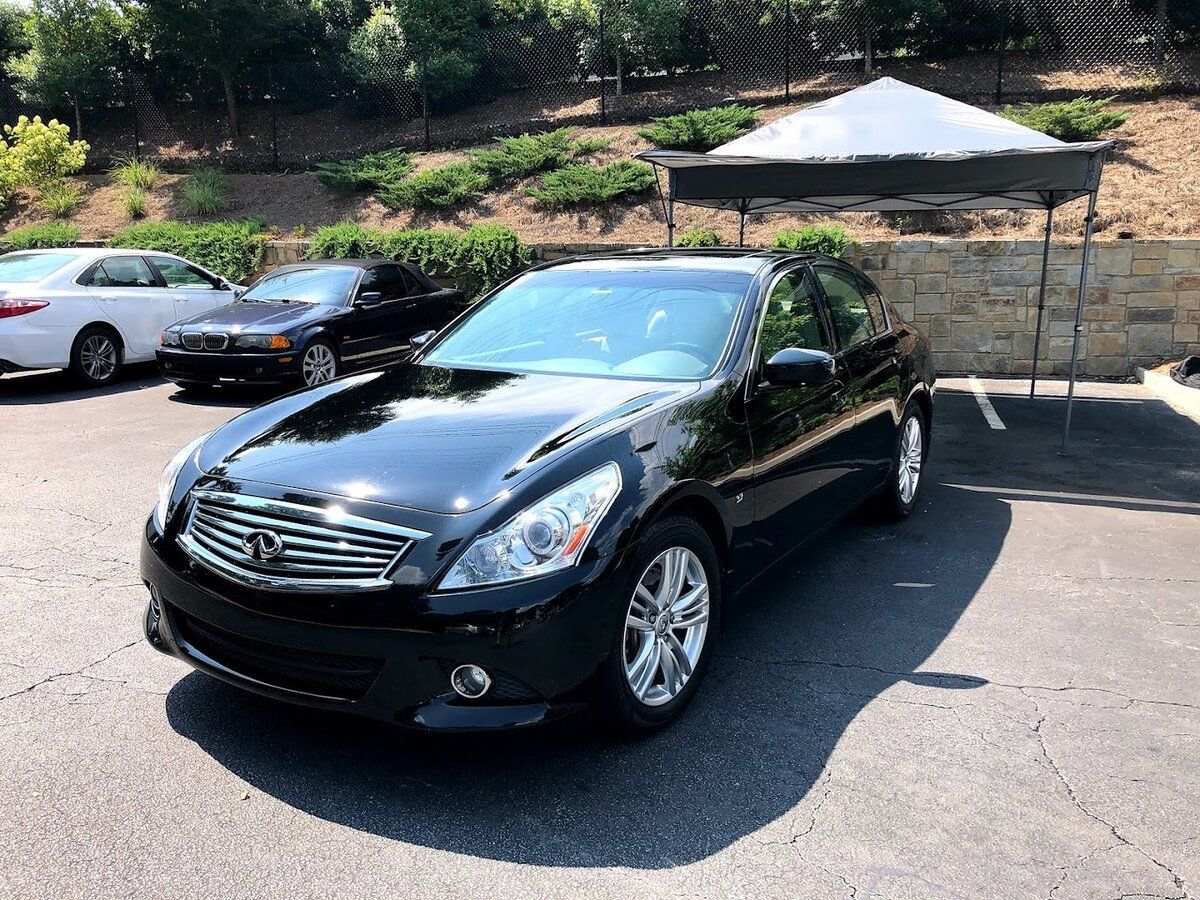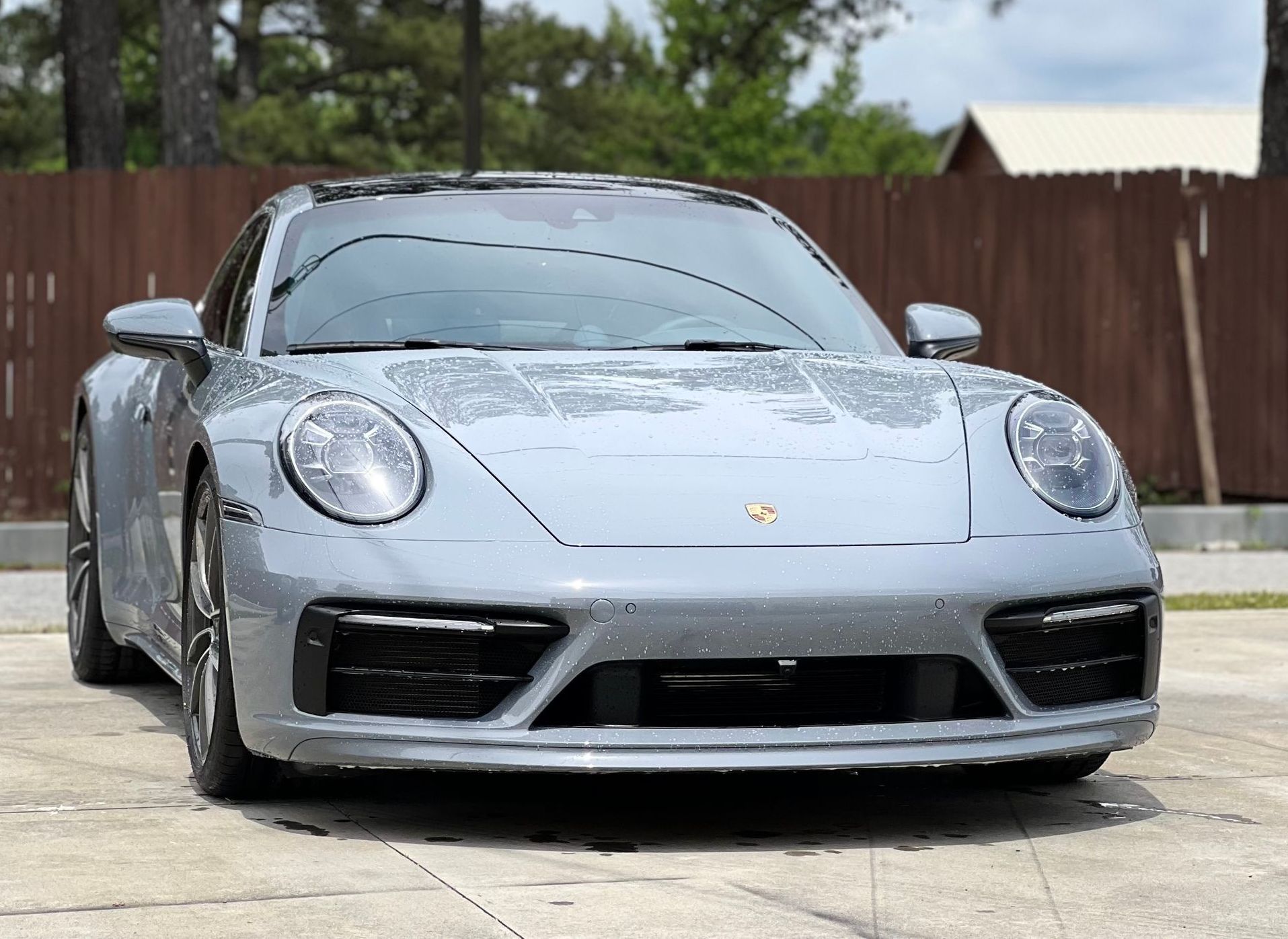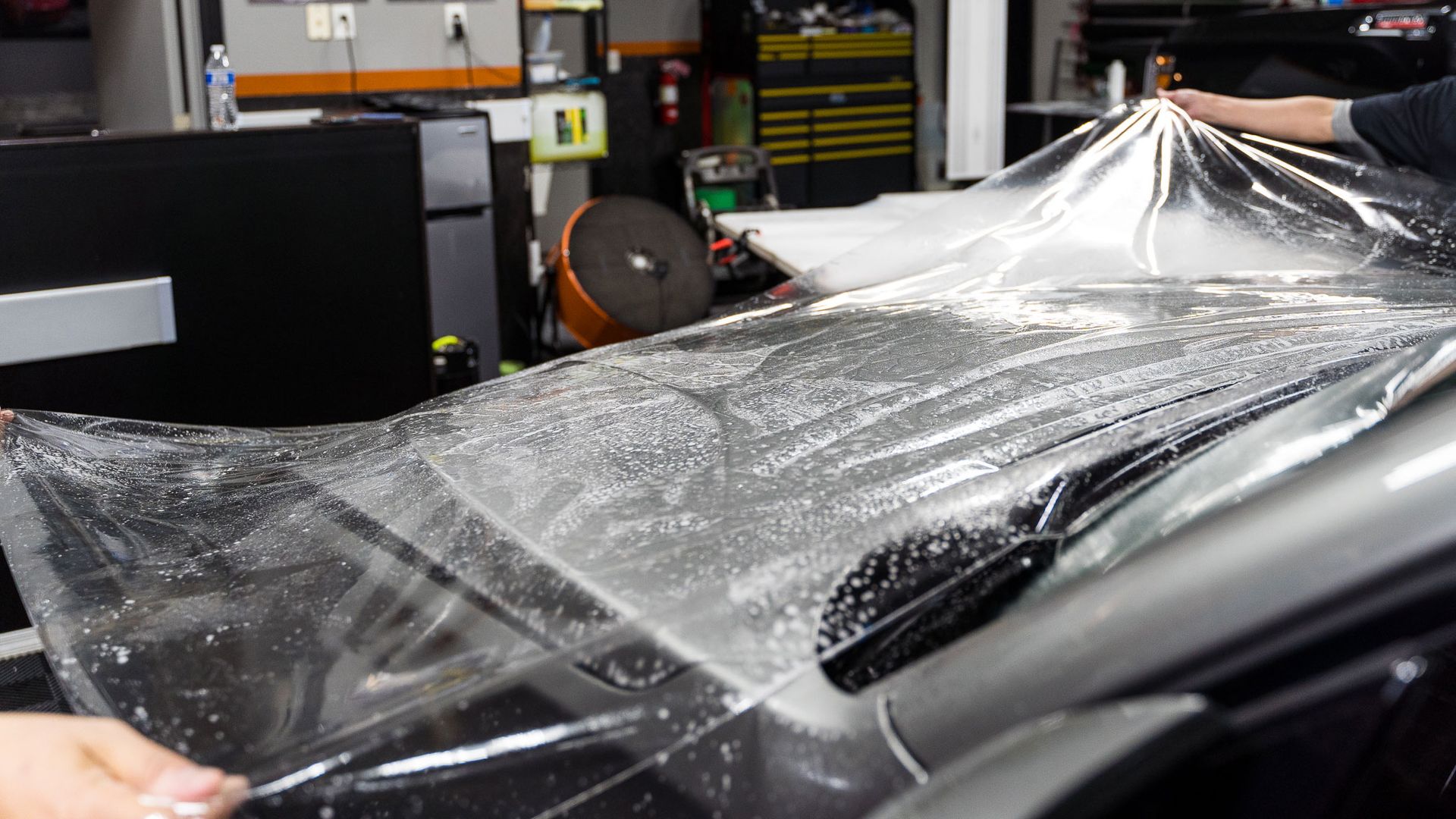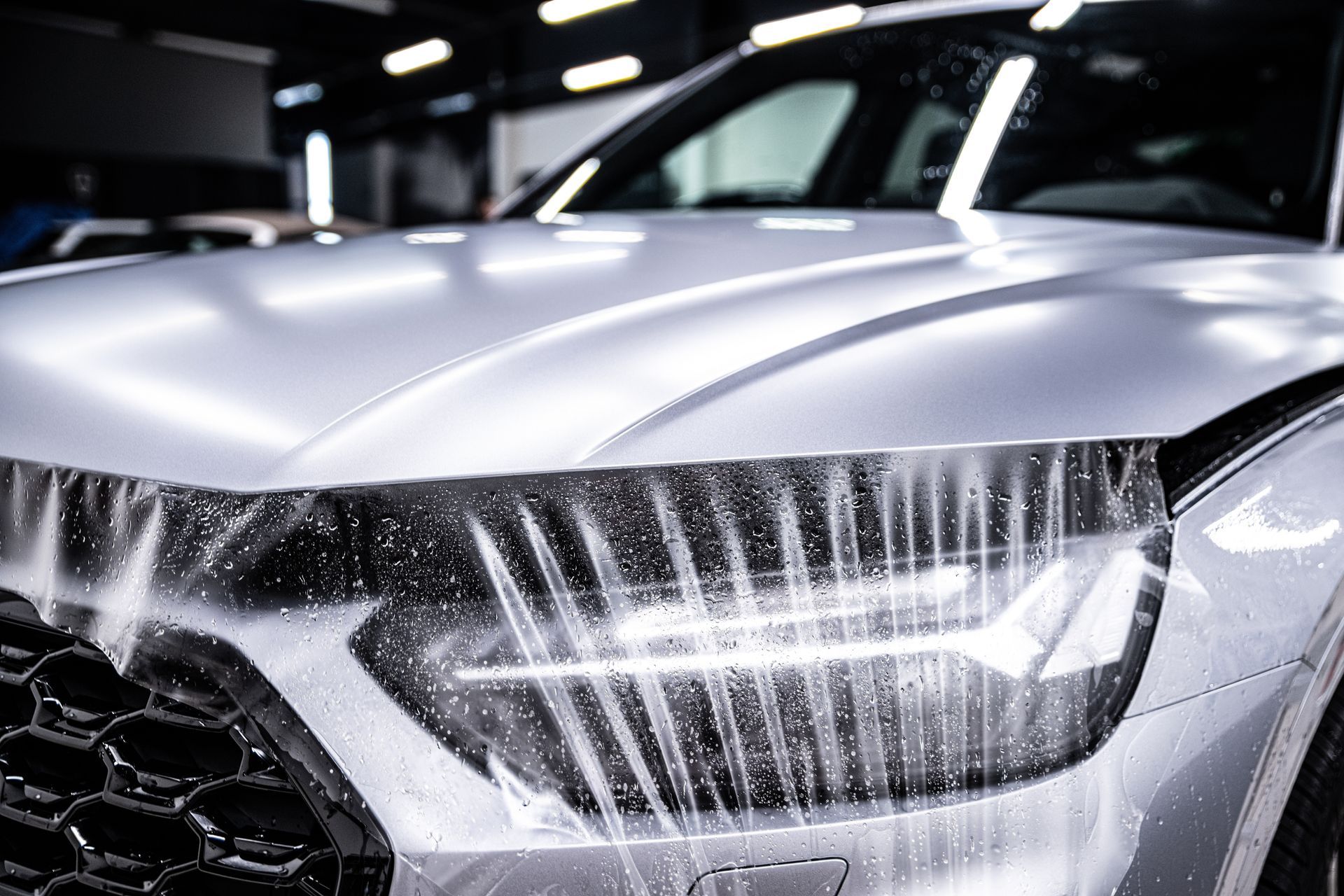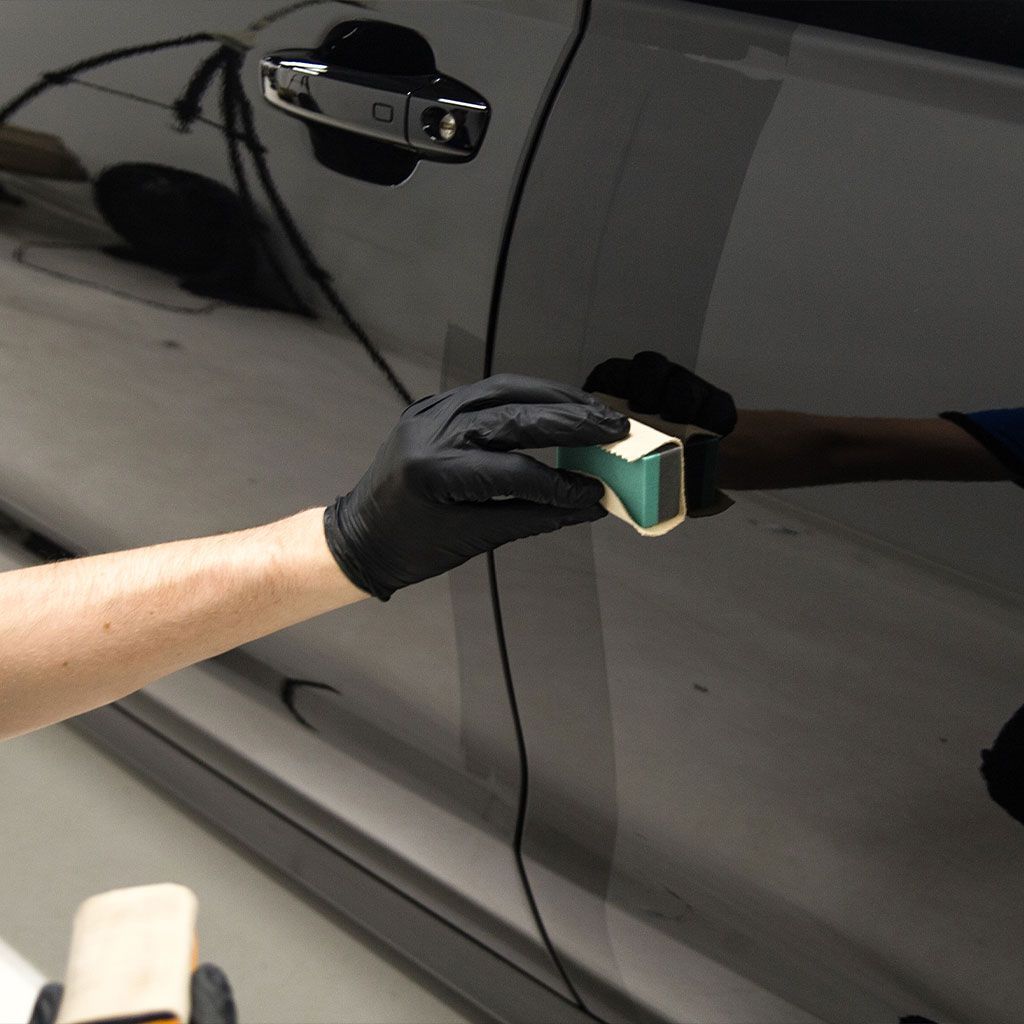The Advantages of Installing Paint Protection Film
GET A QUOTECALL (770) 722-3486
Your vehicle is more than just a mode of transportation; it's an investment in style, performance, and personal expression. As such, safeguarding its pristine exterior is crucial for maintaining its value and aesthetic appeal. In the world of automotive care, one solution has emerged as a game-changer: paint protection film (PPF). In this blog post, we'll explore the myriad advantages of installing PPF and why it's a wise choice for preserving the beauty of your vehicle.
Understanding Paint Protection Film
Paint protection film, often referred to as PPF, is a transparent layer that is applied to the exterior surfaces of a vehicle to protect its paintwork from scratches, chips, and other types of damage. This durable film acts as a shield, guarding against the harsh elements of the road, such as stone chips, road debris, bug splatters, tree sap, and UV rays. It provides an additional layer of defense that helps maintain the pristine condition of your vehicle's paint for longer periods of time.
Applying paint protection film requires professional installation by highly trained technicians who meticulously apply the film to ensure a seamless and invisible finish. The process involves carefully measuring and cutting the film to fit each specific panel of your vehicle. Once installed, the film adheres securely to the surface while remaining virtually undetectable.
What is Paint Protection Film?
Paint Protection Film (PPF), also known as a clear bra or invisible shield, is a specialized material designed to protect your vehicle's paint from various external threats. It is composed of multiple layers that work together to provide optimal defense against scratches, chips, and other forms of damage.
The top layer of PPF is typically made from a clear polyurethane material that offers excellent durability and resistance to abrasions. This layer acts as a sacrificial barrier that absorbs impacts without transferring them to the underlying paintwork. Furthermore, it possesses self-healing properties, meaning that minor scratches and scuffs can repair themselves over time, ensuring your vehicle maintains a flawless appearance.
In addition to its protective qualities, paint protection film offers other notable advantages that make it a popular choice among car owners. Let's explore these benefits further in the upcoming sections.
Types of Materials Used in Paint Protection Films
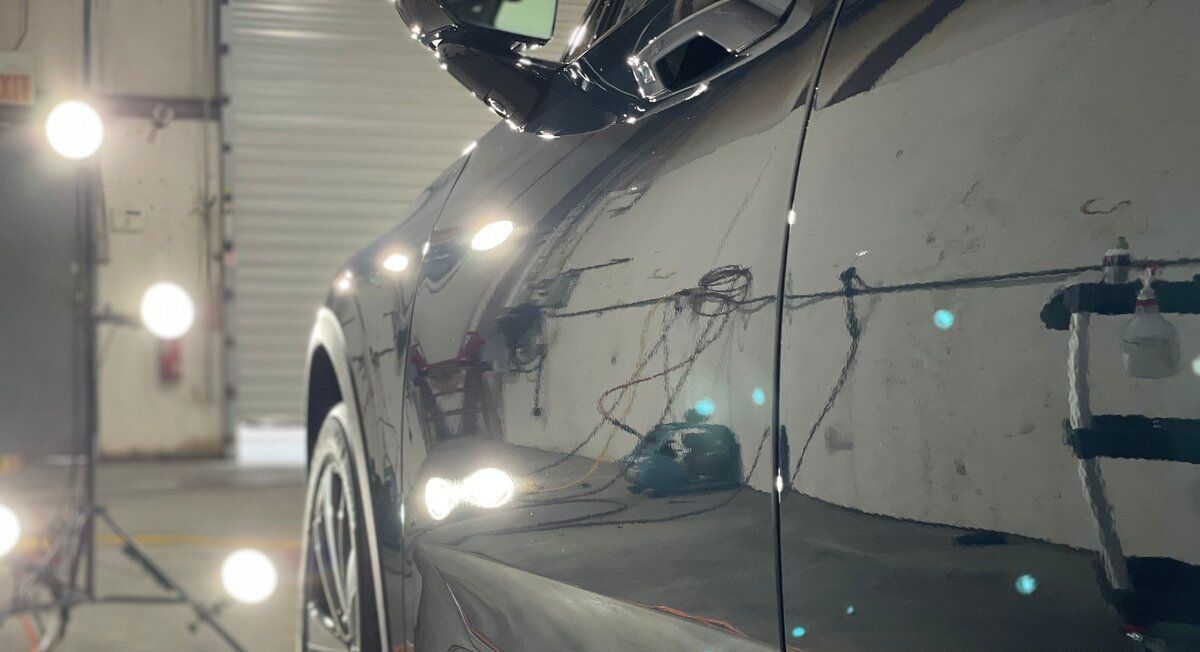
Paint protection films (PPF) are designed to safeguard your vehicle's paintwork from damage and preserve its pristine appearance. These films consist of various materials that offer different levels of durability, transparency, and self-healing properties. Let's explore the commonly used materials in paint protection films:
1. Polyurethane Film: Polyurethane is one of the most popular materials used in PPF due to its excellent balance between flexibility and strength. It can conform to the contours of your vehicle's body, ensuring comprehensive coverage. Polyurethane films are known for their high tensile strength, which provides protection against scratches, chips, and other external hazards. Additionally, they have inherent self-healing properties that allow minor scratches to disappear over time.
2. Thermoplastic Urethane Film: Thermoplastic urethane (TPU) is another commonly used material in PPF due to its exceptional elasticity and optical clarity. TPU films are highly resistant to abrasions, chemicals, and UV rays, making them an ideal choice for long-term protection. Their flexibility allows them to conform seamlessly to curved surfaces without causing distortion or yellowing over time.
3. Clear Bra Film: A clear bra is a specific type of PPF that offers transparent coverage for your vehicle's most vulnerable areas, like the hood, fenders, and bumpers. Clear bra films are typically made from urethane or polyurethane materials that provide optimal protection against rock chips, bug splatter, and environmental contaminants. Their almost invisible appearance ensures that your car's original paint color and finish remain intact.
The Advantages and Benefits of Paint Protection Film
Paint protection film offers a multitude of advantages to vehicle owners seeking to safeguard their investment and preserve its aesthetic appeal. Let's explore some of the key benefits that come with installing paint protection film on your vehicle:
1. Protection Against Physical Damage: The primary purpose of PPF is to shield your car's paintwork from scratches, chips, and other external hazards. Whether it's road debris, parking lot dings, or even harsh weather conditions, the film acts as a sacrificial layer that absorbs the impact while keeping your vehicle's paint pristine underneath.
2. Self-Healing Properties: Many high-quality paint protection films possess self-healing properties. This means that minor surface scratches and swirl marks will disappear over time as the film naturally reforms to its original state. As a result, your car can maintain a flawless appearance without the need for constant touch-ups or repainting.
3. Preservation of Resale Value: Paint protection film helps retain your vehicle's resale value by preventing damage to its exterior surface. When it comes time to sell or trade-in your vehicle, potential buyers will appreciate that the paintwork is in excellent condition and free from unsightly blemishes.
4. Easy Maintenance: Another advantage of PPF is its ease of maintenance. The film is resistant to stains, dirt, and bird droppings, making it easier to clean compared to unprotected surfaces. Additionally, it's hydrophobic nature repels water, ensuring that water spots are less likely to form after washing.
5. Longevity: With proper installation and maintenance, paint protection film can last for many years, providing long-term durability and protection for your vehicle's paintwork.
Whether you're a car enthusiast looking to preserve the flawless appearance of your luxury vehicle or a daily driver wanting to protect your investment, paint protection film offers a range of advantages that make it a worthwhile addition to any vehicle.
Extending the Life of Your Car's Paint
Your car's paint is not only responsible for giving it a sleek and visually appealing appearance, but it also serves as a protective barrier against various external factors that can damage your vehicle's surface. One of the top advantages of paint protection film (PPF) is its ability to extend the life of your car's paint by providing an extra layer of protection.
In addition to physical protection, PPF also offers chemical resistance. It can defend your car's paint against contaminants such as chemicals in road debris, tree sap, bug splatter, and even harsh weather conditions. This means that with proper application and maintenance, PPF can significantly reduce the risk of corrosion and other damages caused by these elements.
One remarkable advantage of PPF is its self-healing properties. Many high-quality PPF products on the market have the ability to heal minor scratches and swirl marks on their own when exposed to heat. This means that superficial imperfections caused by keys or brushes will gradually disappear over time, keeping your car looking flawless without requiring any additional intervention.
By investing in paint protection film for your vehicle, you are making a proactive decision to preserve its value and aesthetics for years to come. Not only will it save you from expensive repainting jobs or touch-ups, but it will also help maintain your car's resale value should you decide to sell or trade it in the future.
Installation Process for Paint Protection Film
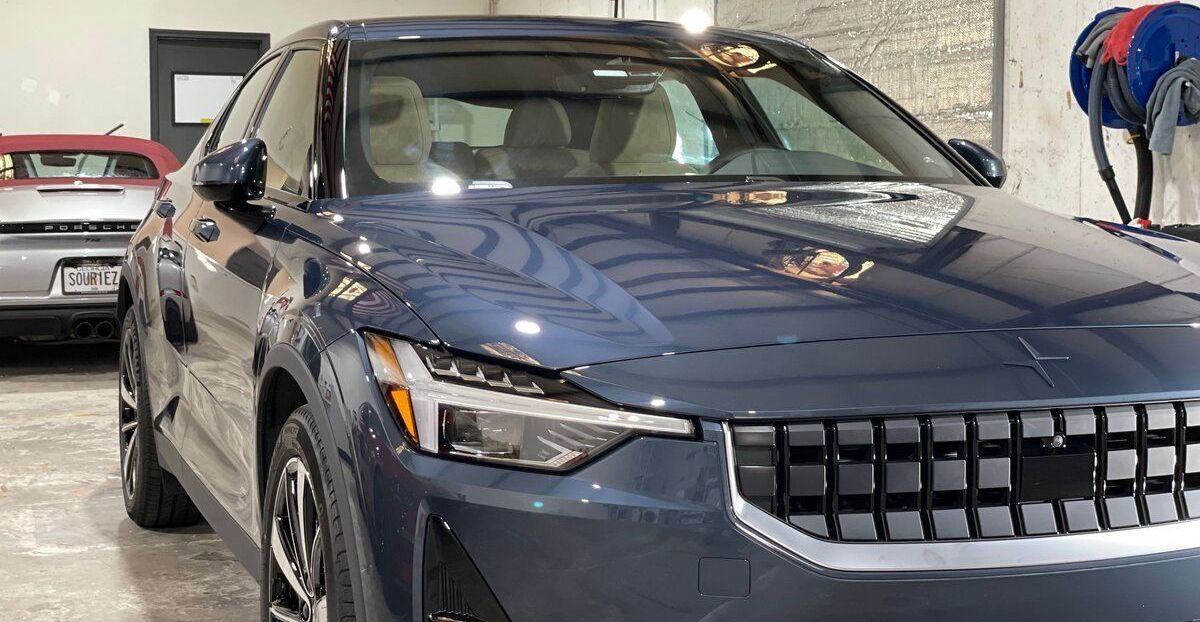
The installation of paint protection film requires precision and expertise to ensure seamless coverage and optimal results. While professional installation is recommended for the best outcome, understanding the general steps involved can give you an idea of what to expect.
- Surface Preparation: Before applying PPF, the surface of your car must be thoroughly cleaned and free from any dirt, debris, or wax. This step ensures that the film adheres properly to the paintwork.
- Pattern Creation: A skilled technician will create a custom pattern based on the specific make and model of your vehicle. The pattern is computer-generated or hand-cut, ensuring precise fitment for each panel that requires protection.
- Film Application: The technician will carefully apply the PPF to your car's surface, aligning it with the custom pattern created earlier. Special tools are used to smooth out any air bubbles or wrinkles during this process, ensuring a seamless result.
- Trimming and Edging: Once the film is applied, excess material is trimmed away, leaving clean edges that are barely noticeable. Attention to detail is crucial at this stage to achieve a flawless appearance.
- Finishing Touches: After completing the application and trimming, the technician will inspect the entire installation and make any necessary adjustments. They will then ensure that all edges are securely bonded and provide instructions for maintenance and care.
It's important to note that while some DIY options are available on the market, professional installation is highly recommended for superior results. Trained technicians have the knowledge and experience to handle complex curves and contours of different vehicle surfaces effectively.
Step-by-step installation procedure
The installation process of paint protection film (PPF) requires skill and precision to ensure a flawless and long-lasting result. It is typically advisable to have a skilled technician who specializes in PPF applications professionally install the film. Here is a step-by-step overview of the typical installation procedure:
- Thorough Vehicle Cleaning: Before installing the PPF, the car's exterior needs to be meticulously cleaned to remove any dirt, debris, or contaminants that may hinder adhesion.
- Surface Preparation: The next step involves preparing the surface for the PPF application. This usually includes using specialized cleaning agents and clay bar treatments to ensure a smooth and contaminant-free surface.
- Measurements and Cutting: Once the surface preparation is complete, technicians will use computer software or custom templates to measure and cut the PPF according to specific vehicle models and panels.
- Film Application and Squeegee Technique: The PPF sheets are carefully applied to the desired areas of the vehicle, starting from one end and gradually working towards the other. During this process, technicians use squeegees to remove air bubbles and ensure proper adhesion of the film.
- Trimming and Heat Activating: After applying the film, any excess material is trimmed away, leaving a precise fit. To enhance adhesion and prevent lifting, heat activation techniques, such as heat guns, may be used.
- Final Inspection: Once the installation is complete, technicians conduct a thorough inspection to ensure there are no imperfections or visible edges on the PPF. Any issues are addressed promptly before handing over the vehicle to the owner.
It's important to note that while these steps provide a general overview of the PPF installation process, each technician or facility may have their own unique methods or variations based on their expertise and equipment. A quality installation will not only protect your vehicle's paint but also provide a seamless and virtually invisible finish.
Regular Care and Maintenance for Paint Protection Films
To maintain the longevity and protective capabilities of your paint protection film (PPF), it's crucial to follow proper care and maintenance practices. While PPF is highly durable, regular upkeep will ensure optimal performance and appearance. Here are some essential tips for caring for your PPF:
- Hand Washing: When cleaning your vehicle, always use a pH-neutral automotive shampoo and wash by hand. Avoid using automated car washes with harsh chemicals or brushes, as they may damage or scratch the film.
- Soft Cloth or Microfiber Towels: Use a soft cloth or microfiber towel for drying your vehicle after washing. Avoid using abrasive materials that could potentially harm the PPF.
- Avoid Abrasive Cleaning Products: Stay away from abrasive cleaners, waxes, or polishes that contain harsh chemicals or compounds. These can react negatively with the PPF and decrease its effectiveness.
- Protective Coatings: To further enhance the longevity and visual appeal of your PPF, consider applying a compatible ceramic coating designed specifically for PPF. This can provide additional UV protection and make cleaning easier.
- Avoid High Pressure or Hot Water: When rinsing the PPF after washing, use a gentle water stream rather than high pressure, as this can dislodge or damage the film. Additionally, avoid using hot water on the PPF surface.
- Prompt Removal of Contaminants: If bird droppings, tree sap, or other contaminants come into contact with the PPF, remove them promptly to prevent staining or potential damage to the film's self-healing properties.
- Regular Inspection: Periodically inspect the PPF for any signs of wear or damage, such as scratches, chips, or lifting edges. Address any issues immediately to avoid compromising its protective abilities.
By following these care and maintenance practices, you can ensure that your paint protection film remains in optimal condition, providing the maximum level of protection for your vehicle's paintwork.
Why choose LeJeune Ceramic Coating and Paint Protection?
At LeJeune Ceramic Coating & Paint Protection, we take pride in being your trusted partner in preserving the beauty and integrity of your vehicle. We exclusively trust
STEK Paint Protection Film
to provide your vehicle with the ultimate shield against road hazards. STEK's advanced technology ensures superior protection by creating an invisible barrier that guards against stone chips, bug splatter, bird droppings, and harsh weather conditions. Book now!

